I have a table that shape of data in it looks like image below and I have also included some script to easily create and populate it for experiments.
IF OBJECT_ID('tempdb..#temptable') IS NOT NULL DROP TABLE #temptable;
CREATE TABLE #temptable ([RiskName] VARCHAR(50)
, [RiskName_Change] VARCHAR(50)
, [PriceVal] DECIMAL(8, 2)
, [PriceVal_Change] DECIMAL(8, 2)
, [Portfolio] NVARCHAR(200)
, [benchmark] NVARCHAR(200)
, [EffectiveDate] DATE);
INSERT INTO #temptable ([RiskName], [RiskName_Change], [PriceVal], [PriceVal_Change], [Portfolio], [benchmark], [EffectiveDate])
VALUES ('OilPrice', 'OilPrice_CHANGE', 120.00, 5.50, N'PORT45', N'SP500', N'2022-06-02T00:00:00')
, ('StocksCrash', 'StocksCrash_CHANGE', 340.00, 600.00, N'PORT45', N'SP500', N'2022-06-02T00:00:00')
, ('SupplyChain', 'SupplyChain_CHANGE', 710.00, 23.45, N'PORT45', N'SP500', N'2022-06-02T00:00:00')
, ('OilPrice', 'OilPrice_CHANGE', 110.00, 15.50, N'PORT45', N'SP500', N'2022-06-01T00:00:00')
, ('StocksCrash', 'StocksCrash_CHANGE', 240.00, 500.00, N'PORT45', N'SP500', N'2022-06-01T00:00:00')
, ('SupplyChain', 'SupplyChain_CHANGE', 400.00, 123.00, N'PORT45', N'SP500', N'2022-06-01T00:00:00')
, ('SupplyChain', 'SupplyChain_CHANGE', 300.00, 82.40, N'PORT45', N'SP500', N'2022-05-31T00:00:00')
I think what I need is two pivots? but I am not quite sure. But the end result that I need should look like this below: Notice that each row is based on Portfolio and EffectiveDate and then if there are risks or changes to risks, those are converted to columns. Also note that in reality it could be 20 of these risks, I just added three risks for demonstration.
Portfolio | EffectiveDate | Becnhmark | OilPrice | OilPrice_Change | StocksCrash | StocksCrash_Change | SupplyChain | SupplyChain_Change |
PORT45 | 2022-06-02 | SP500 | 120.00 | 5.50 | 340.00 | 600.00 | 710.00 | 23.45 |
PORT45 | 2022-06-01 | SP500 | 110.00 | 15.50 | 240.00 | 500.00 | 400.00 | 123.00 |
PORT45 | 2022-05-31 | SP500 | NULL | NULL | NULL | NLL | 300.00 | 82.40 |
